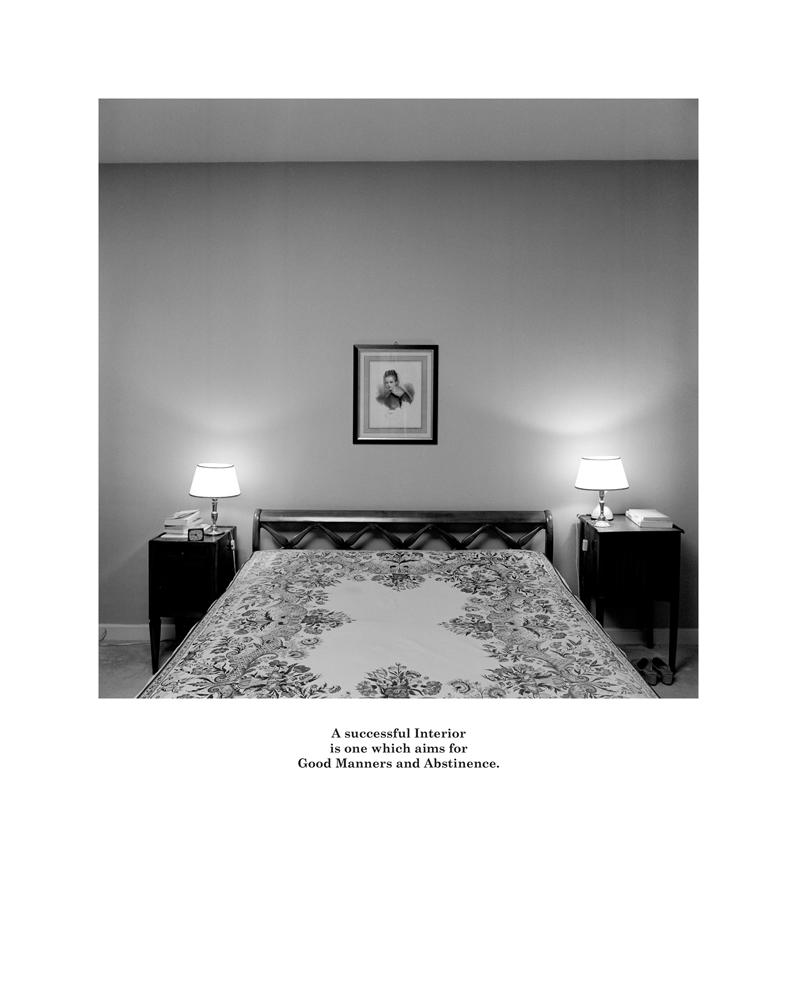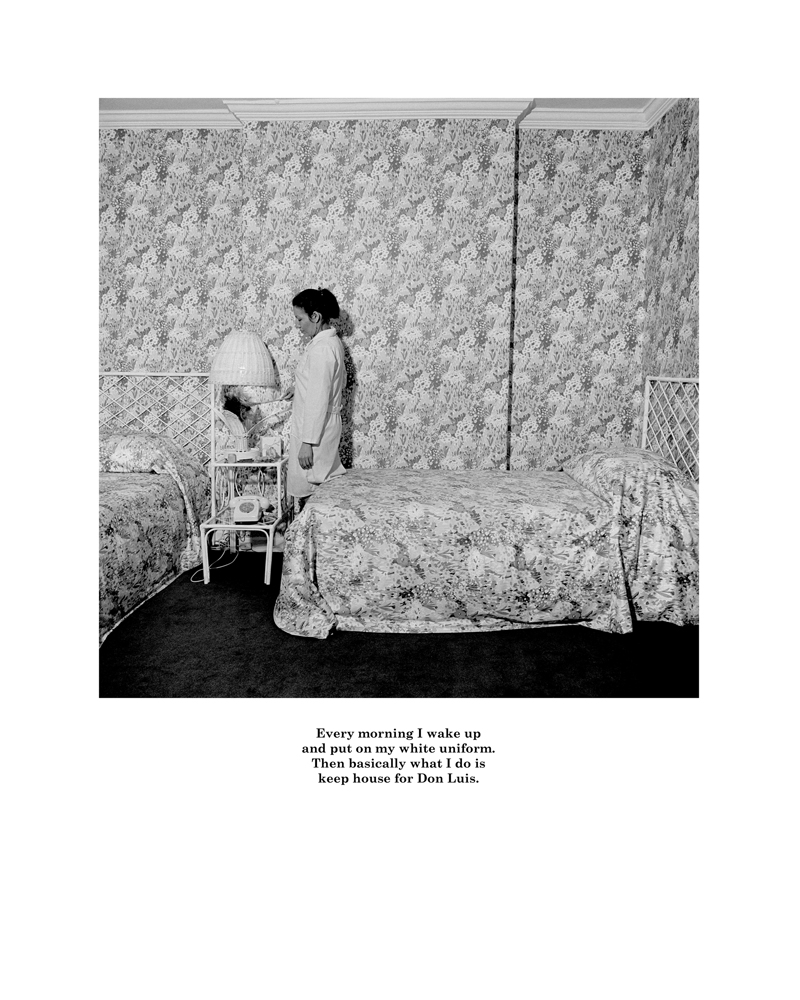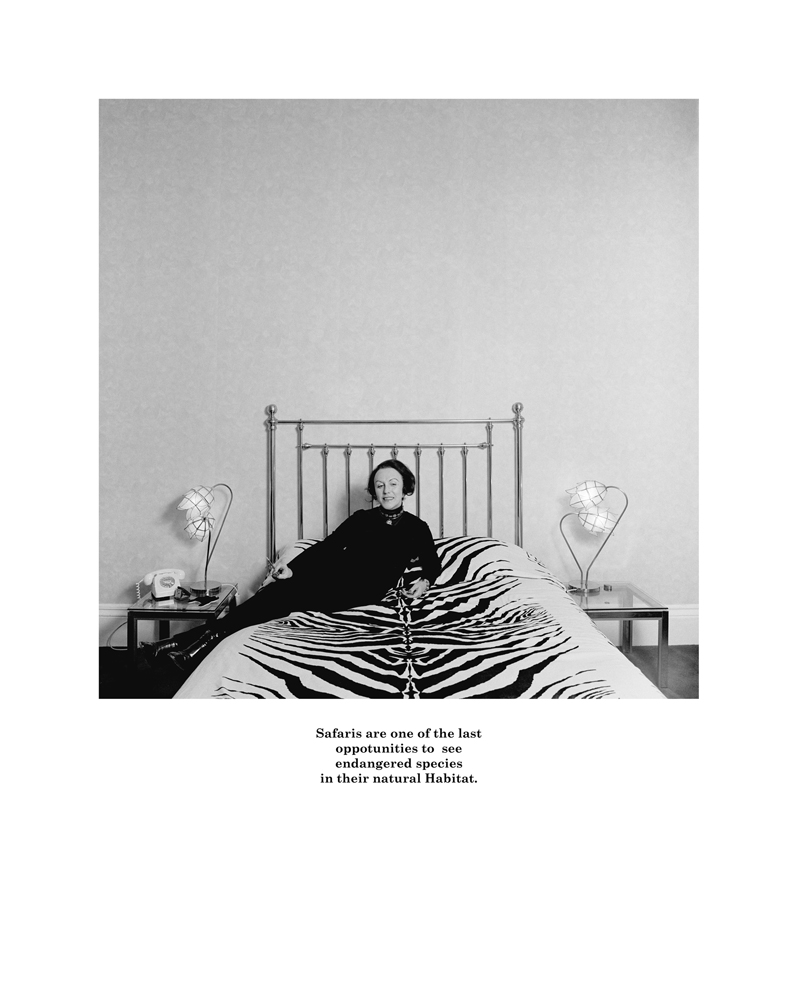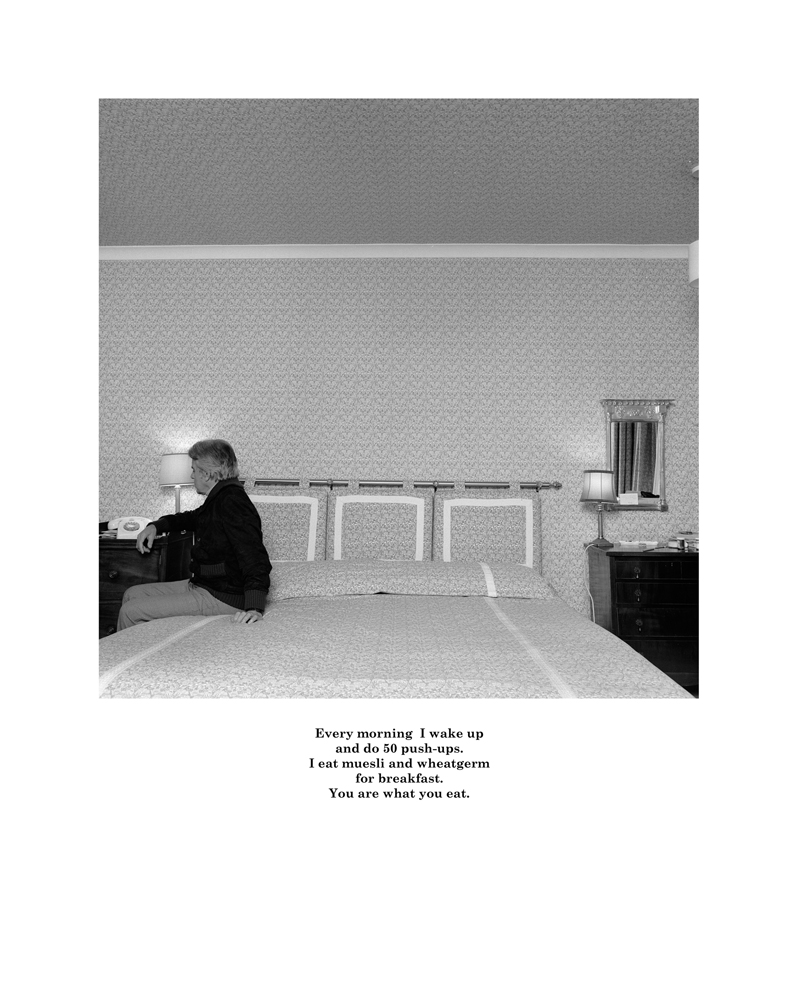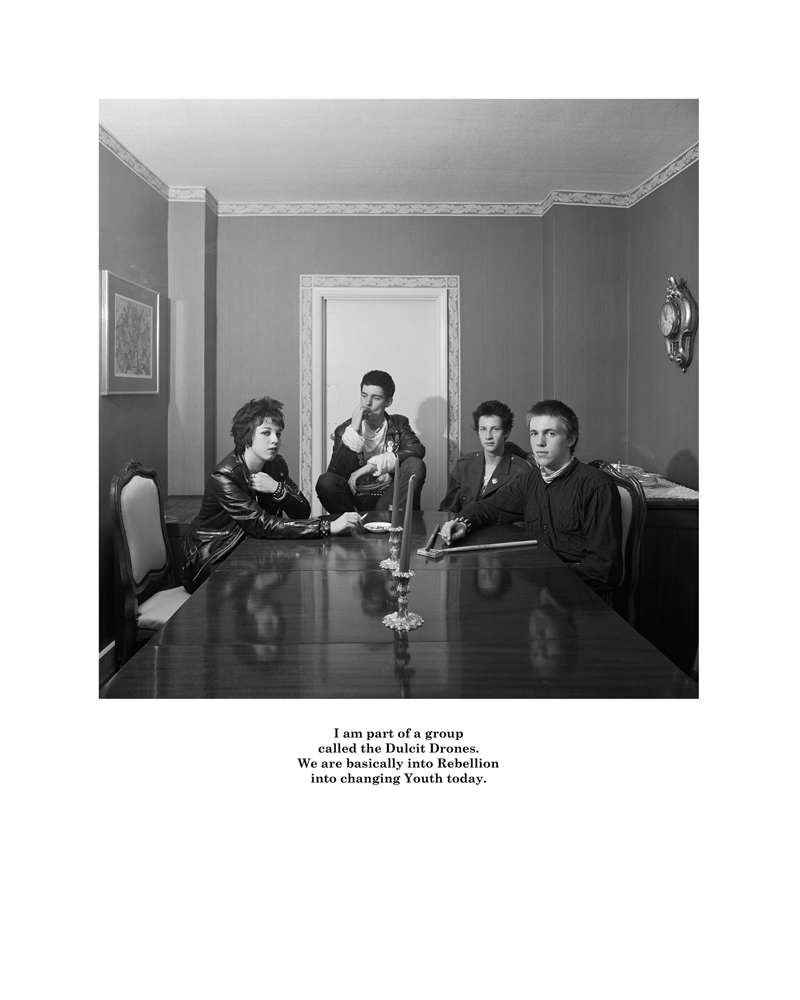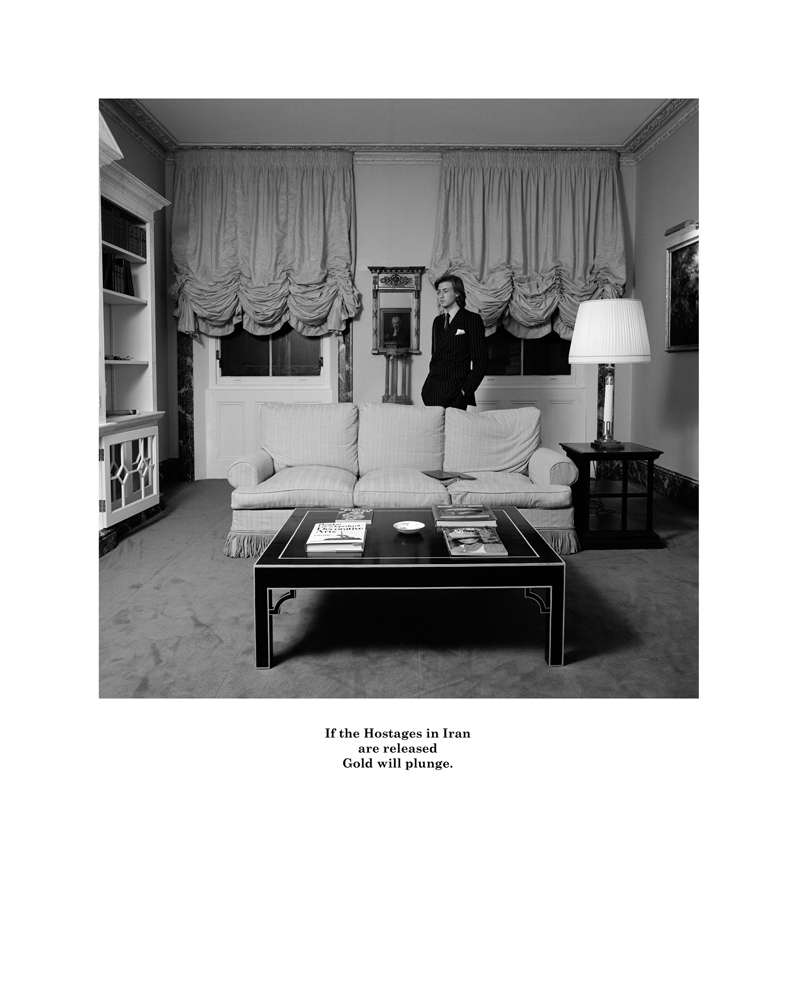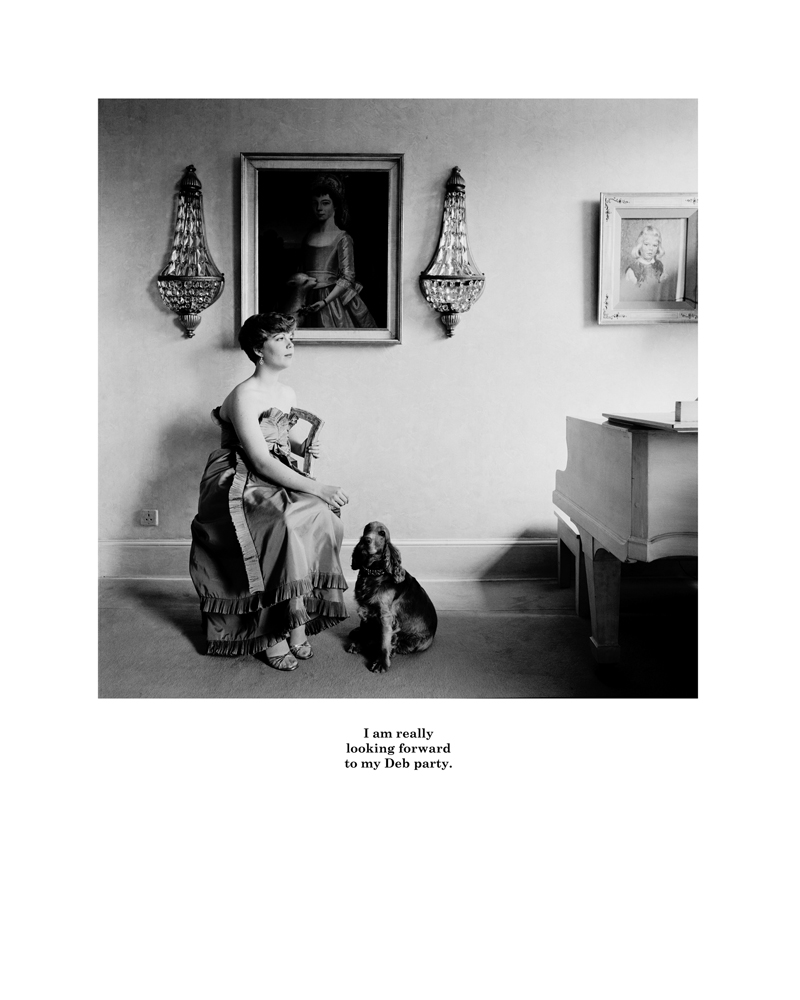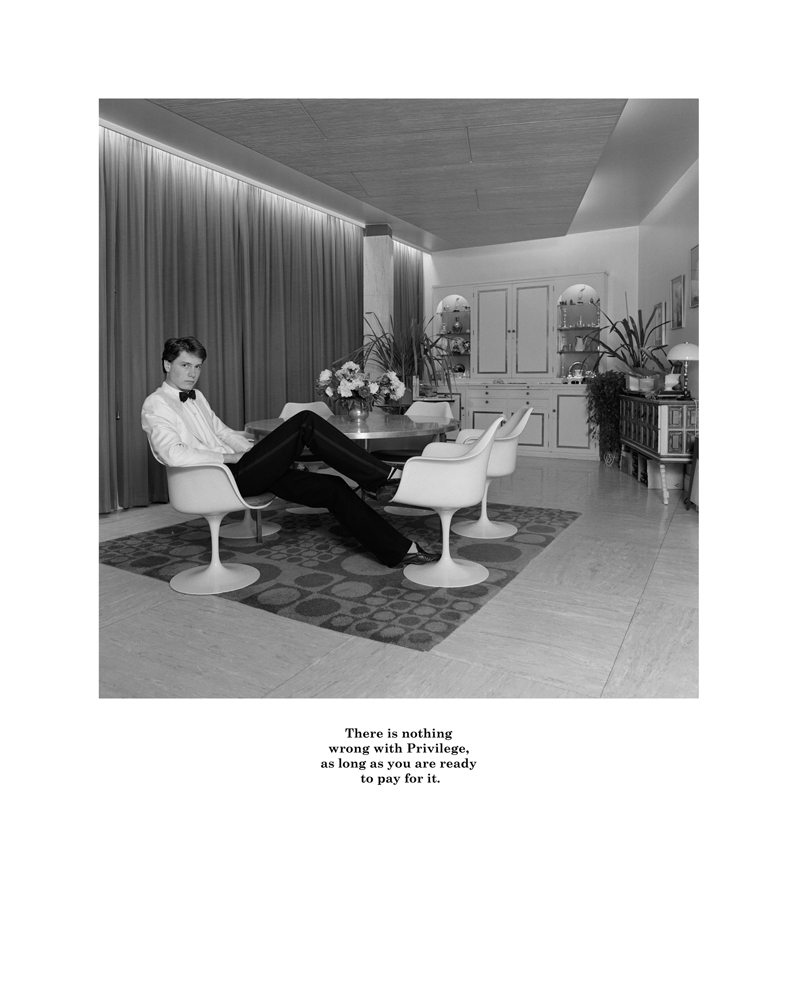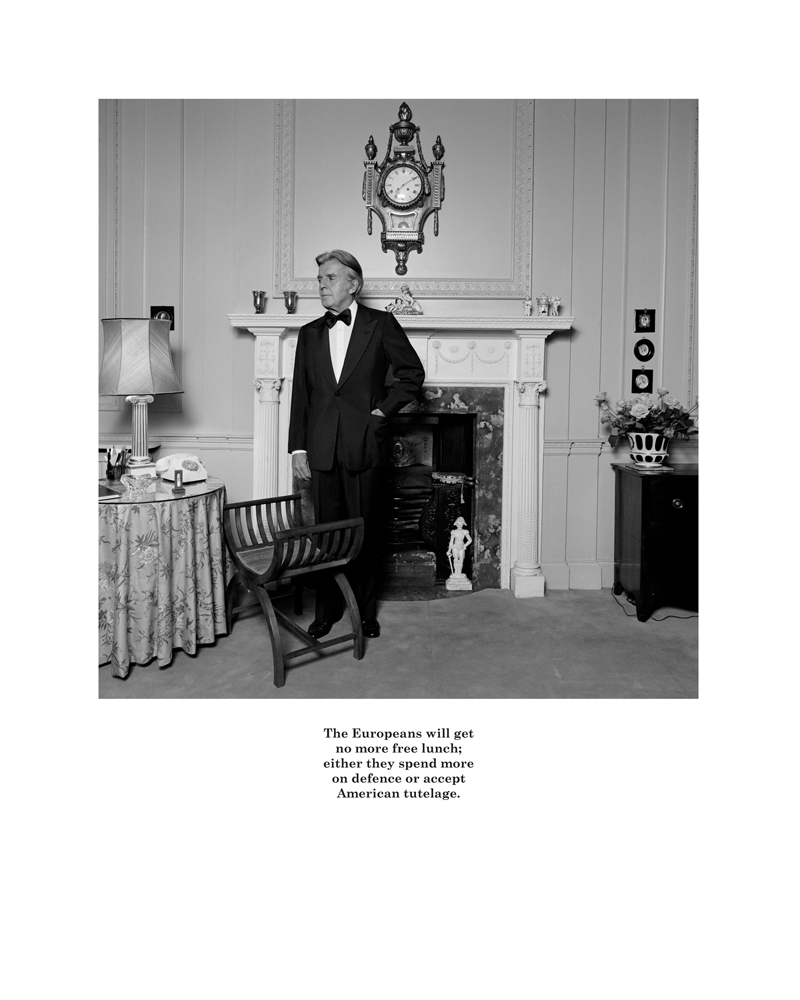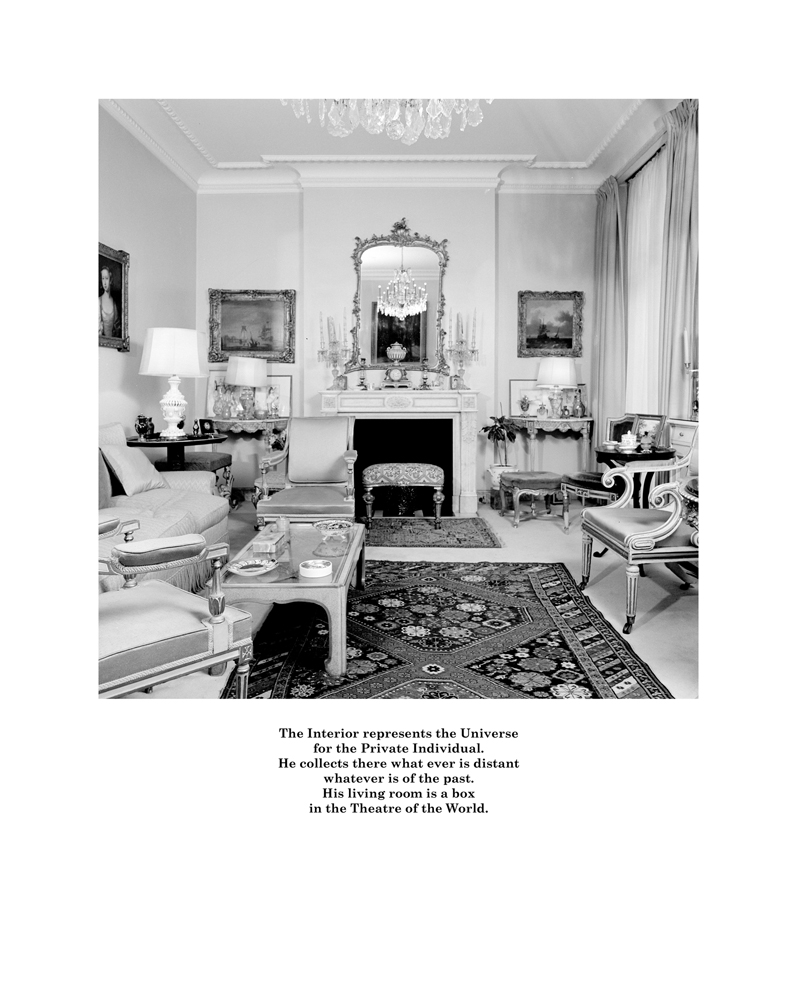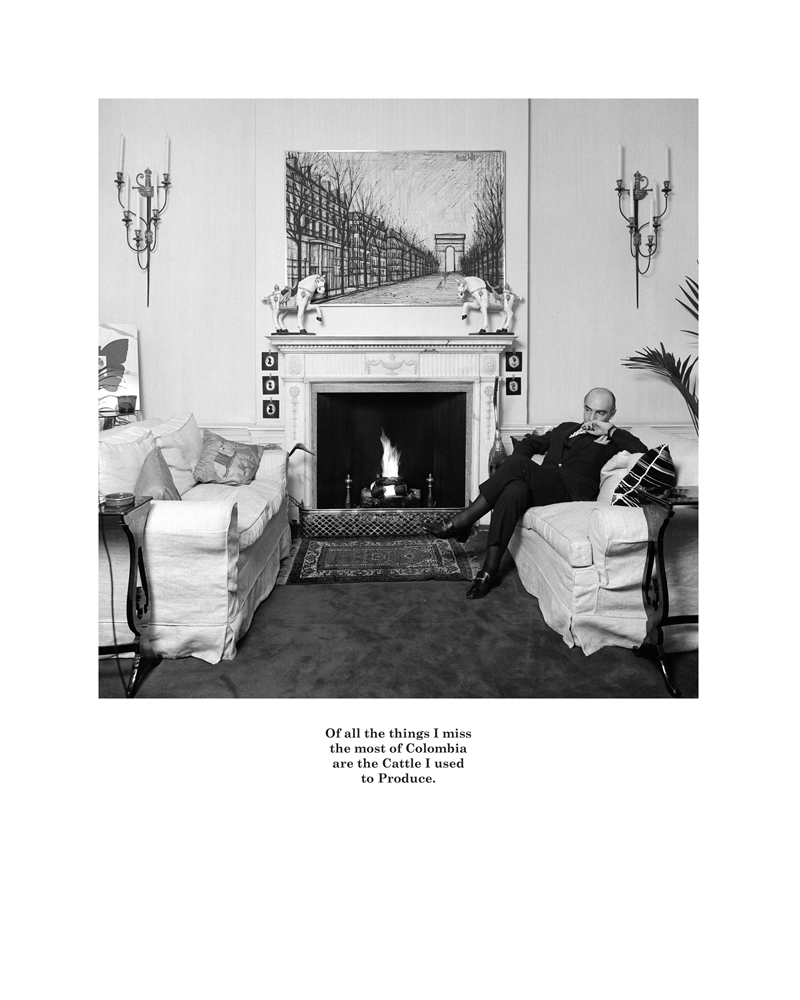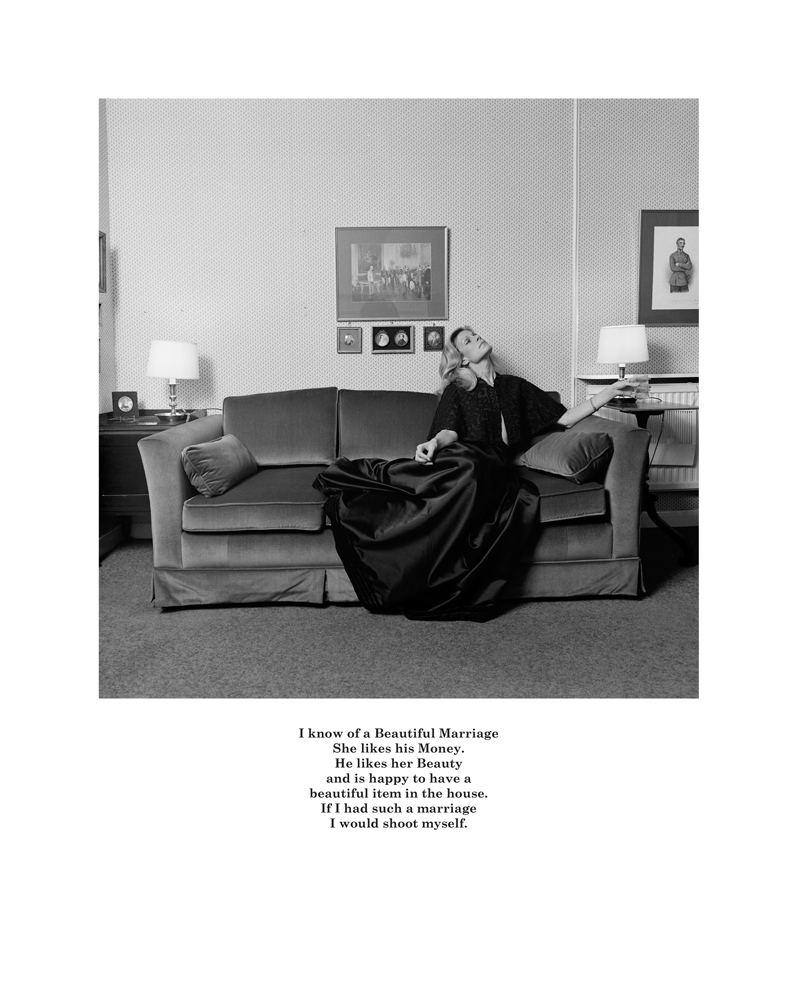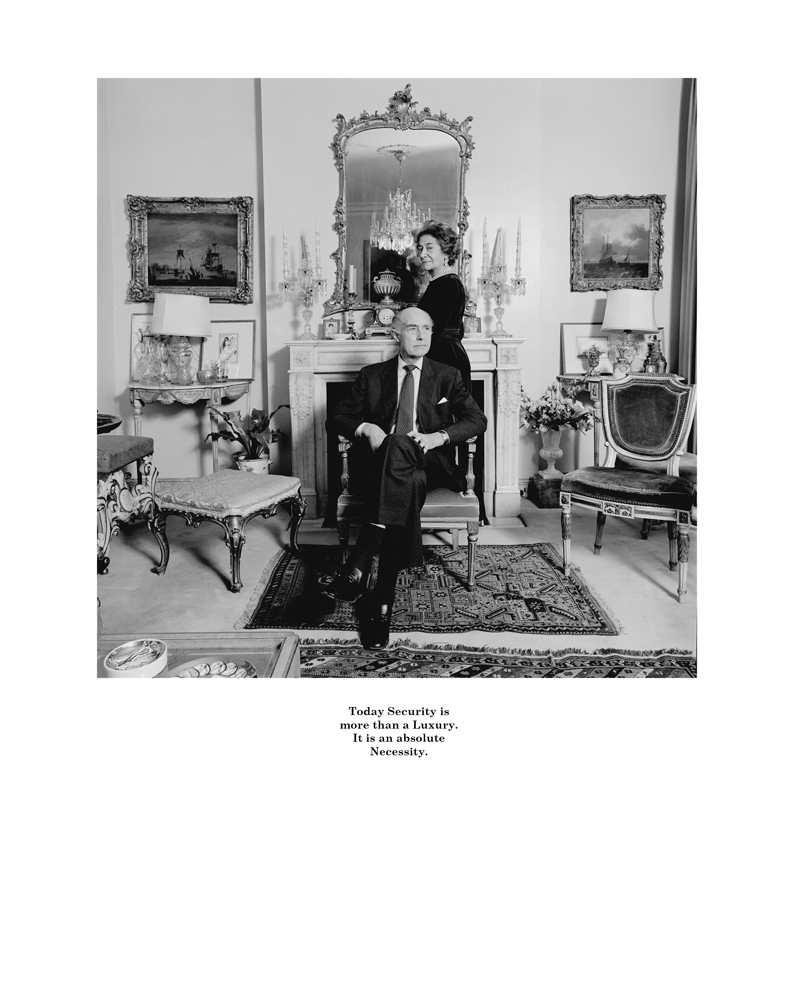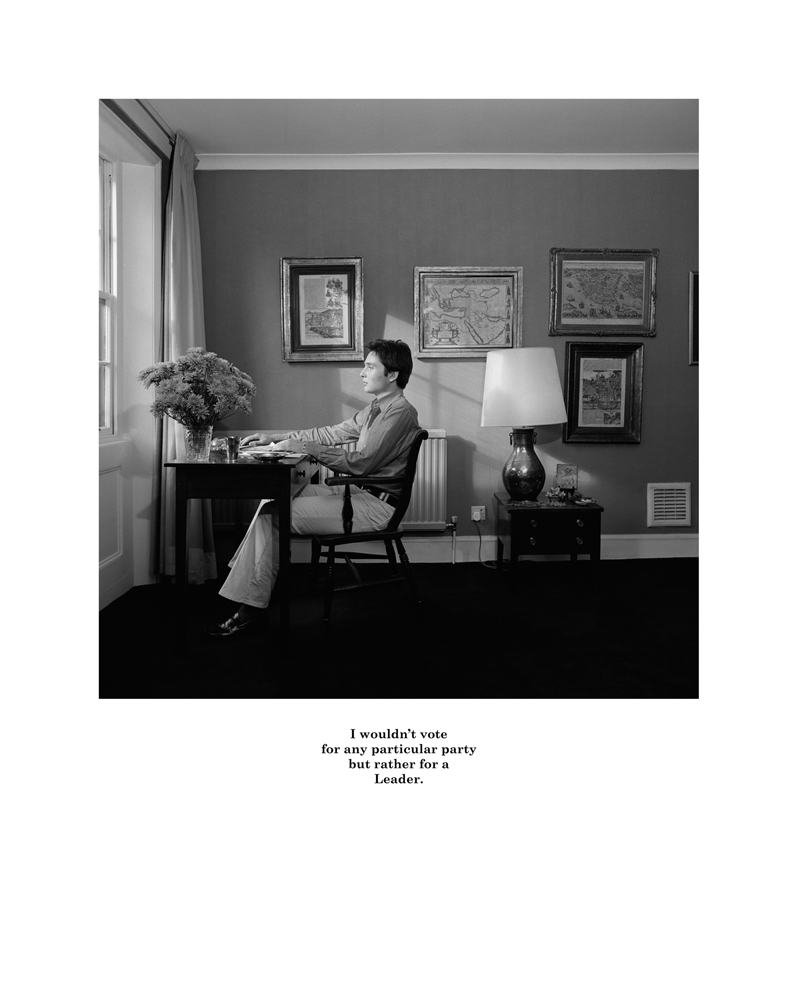Belgravia (1979-1980)
The Belgravia series was begun when I was a second year student at the Polytechnic of Central London ( Riding House Street, off Regent’s Street, London ). I had just read Roland Barthes’ seminal essay The Rhetoric of the Image where he describes the different possibilities of the image and text relationship in advertising. I had also joined a group of students to a talk given by Bill Owens who had been invited to the school in 1979, to explain some of the ideas behind his seminal book Suburbia(self-published) which was to have a great impact also on other photographers such as Martin Parr’s Signs of the Times.
Bill Owens’ work had an impact but so did the conceptual artists Victor Burgin and Mary Kelly. Film theory and semiological analysis was being considered in relation to the photograph and this environment inspired me to produce an autobiographical work with text starting with my own American family that had moved to Belgravia in the mid 1970’s.
The work is about ideology , the received ideas a particular class, the wealthy , had about the world and themselves during a period of heightened tension and conservative politics at the end of the 1970’s and early 1980’s. Solidarity was happening in Poland under the leadership of Lech Walesa, Margaret Thatcher and Ronald Reagan began their special relationship as in 1980 the British government allowed cruise missiles directed at Russia to be placed in RAF Greenham Commmon.
The people depicted in Belgravia, an area of London near Buckingham Palace and Harrods are friends of my parents and neighbours. The texts composed with capitals printed on the same photographic surface serve as “distanciation’ devices highlighting irony ,humour and the constructed nature of the images and texts. They were not naturalistic or journalistic quotations but the product of a collaborative approach between the actors and myself. There is a definite “ tongue in cheek” complicity between us. We are after all “family”.


